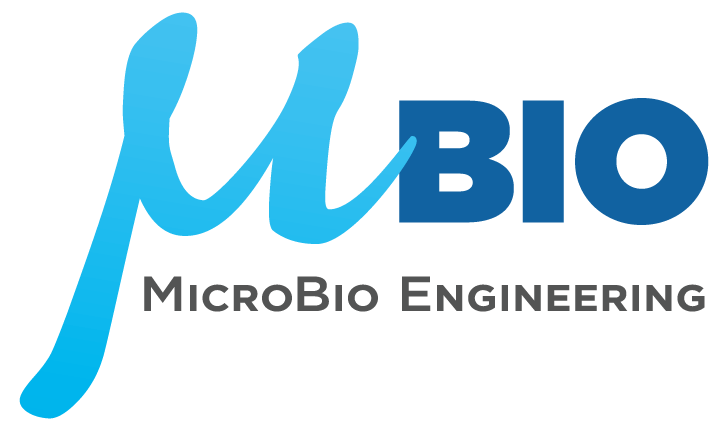PURA™

Why are we worried about phosphorus?
Phosphorus is vital for life—a core component of DNA, RNA, and bones. In agriculture, it's applied as phosphate fertilizer to boost crop yields. However, excess phosphates from runoff and wastewater can trigger harmful algal blooms (HABs) like red tides. When these blooms die, they decay in a process called eutrophication, which depletes oxygen, damages aquatic ecosystems, kills marine life, and releases greenhouse gases such as methane, nitrous oxide, and CO₂.
It’s not just the fish and wildlife.
While many harmful algal blooms (HABs) cause indirect damage through eutrophication, some produce toxins that directly affect human and animal health—leading to gastrointestinal illness, liver damage, and even death in severe cases. HABs also cause significant economic harm, disrupting fisheries, tourism, and waterfront property values. NOAA estimates that global damages from HABs total billions of dollars annually, with tens of millions in damages domestically.

PURA™ fights fire with fire
The PURA™ process uses controlled, intensive cultivation of beneficial algae to absorb phosphate before it can fuel harmful algal blooms. Through optimized growth conditions—without genetic modification—these algae can take up to 400% more phosphate than typical strains. Unlike conventional phosphorus removal methods, PURA™ not only eliminates phosphate but recovers it in a reusable form, reducing concentrations to non-detectable levels. The result is a high-phosphate biomass (over 10% by weight), ideal for use as a sustainable fertilizer.
The status quo for phosphorus removal
Currently, the two primary methods for phosphorus removal are chemical precipitation and enhanced biological phosphorus removal (EBPR). Chemical precipitation relies on aluminum or iron salts to bind phosphates into solids that can be filtered or settled out. While effective, this method is costly and environmentally damaging due to the mining and refining of metal salts.
EBPR, a form of activated sludge treatment, uses alternating anaerobic and aerobic conditions to promote bacteria that absorb phosphate. However, it requires tight operational control, stable influent conditions—particularly volatile fatty acids (VFAs)—and precise zone management. In many cases, EBPR alone cannot meet regulatory limits and must be supplemented with chemical precipitation to reach low phosphorus levels, often struggling to achieve below 1 mg/L total phosphorus.

PURA™ vs the status quo
Cost to treat to < 0.01 mg/L
PURA™ stands out among nutrient removal technologies for its ability to consistently achieve non-detect phosphate levels (<0.01 mg/L) without chemical additives and with lower energy demands—using gentle mixing instead of energy-intensive aeration. The process relies on a filamentous algal strain that can be efficiently harvested using static or rotating screens.
The resulting phosphorus-rich biomass has multiple valuable end-uses. As a slow-release biostimulant for crops, it minimizes runoff compared to synthetic fertilizers. It can also serve as a feedstock for bioplastics, be converted into biocrude via hydrothermal liquefaction (HTL), or be processed on-site through anaerobic digestion for energy recovery.
Is PURA™ right for your wastewater? Send us an email with a brief description of your situation for more information.



